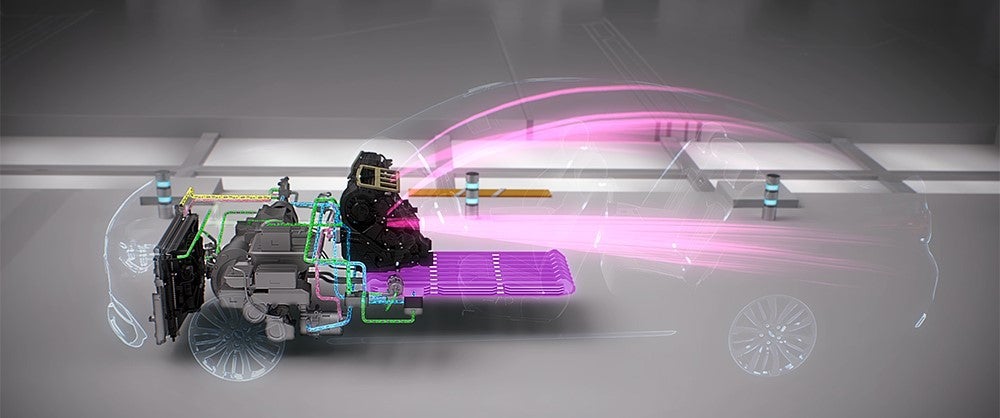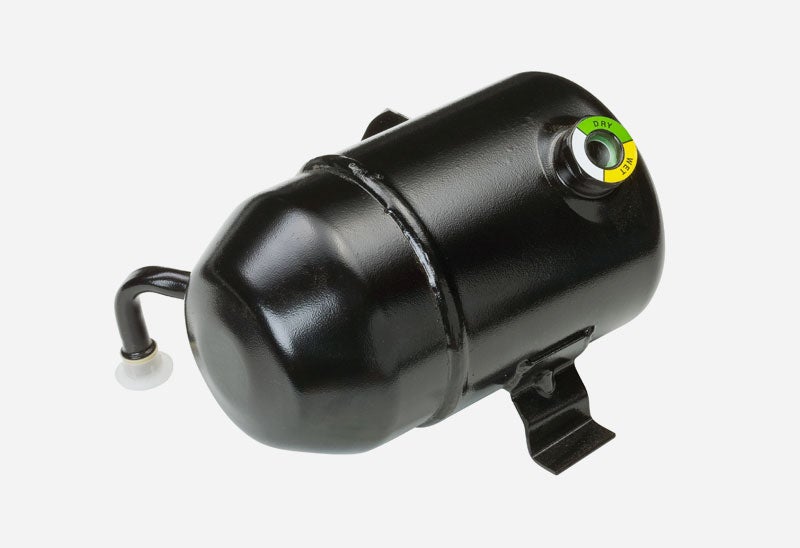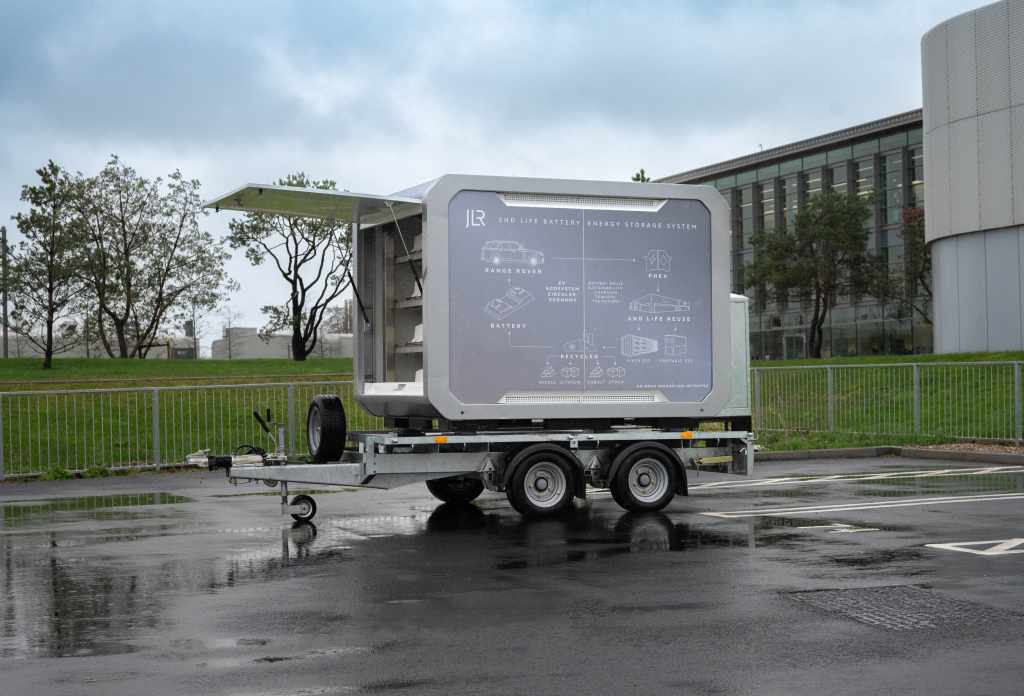The desire for a spacious interior, something always equated with luxury, continues to trigger innovations. Continuing just-auto’s series of interviews with leading interior suppliers, Matthew Beecham talked with Patrick Stewart, vice president and executive director, Interior Systems, Inteva Products, about trends in cockpits and instrument panels.
just-auto: What do consumers look for and want from their car interior, specifically the material covering their instrument panel?
Patrick Stewart: Consumers look for a harmonious match of colours, grains, gloss, and materials, as well as a flawless fit and finish of assembled components. While some consumers may not be swayed by a specific material such as leather, the consumer is becoming more discerning when it comes to the interior of the automobile.
I read somewhere that the future trends in instrument panels will continue to focus on safety, leading to the introduction of innovations such as inflatable knee restraints and energy-absorbing substructure. Is that still correct?
Absolutely. OEMs continue to place strong emphasis on safety and safety related features. The hidden airbag door will continue to be a key styling enabler. Knee airbags continue to gain popularity as the drive for five star crash performance continues. This is a powerful marketing tool for OEMs since top safety is considered a top need for the consumer. The occupant protection provided by the instrument panel and related components plays a pivotal role here.
Is it fair to say that the cockpit module remains an assembly of various components? Instead of a drive towards integration, there is a drive toward standardization in order to cut costs?
How well do you really know your competitors?
Access the most comprehensive Company Profiles on the market, powered by GlobalData. Save hours of research. Gain competitive edge.

Thank you!
Your download email will arrive shortly
Not ready to buy yet? Download a free sample
We are confident about the unique quality of our Company Profiles. However, we want you to make the most beneficial decision for your business, so we offer a free sample that you can download by submitting the below form
By GlobalDataYou might consider this a “fair” statement, but it has to be qualified by OEM and market segment. While there is still tremendous opportunity for further integration in the cockpit, OEMs are increasing attention on the execution of the components as they develop their themes and styling criteria. Some degree of standardisation is needed, and can be applied smartly to control costs. This does not impact an OEM’s ability to diversify their offerings across vehicle segments. Standardising components that consumers don’t see or interact with regularly is where OEMs are heading.
In terms of the material used to cover the instrument panel, what trends are you seeing there?
The cover materials for instrument panels are definitely trending in a premium direction. More vehicles will have wrapped constructions with stitching. Leather is the most premium of cover materials and desired by all, but at a very high cost. The challenge for us is to develop materials that simulate the look and feel of real leather, while maintaining the cost of the engineered plastic and olefin materials. Inteva has developed a wrappable TPO material that has the look of leather with a soft luxurious feel to meet this need.
As we understand it, a key trend that within five years is that more than 60 percent of cars will have lighter coloured interiors, which presents more of a challenge for keeping the interior clean. How is Inteva addressing that challenge?
Cleanability has always been an issue for lighter colour materials. Continued advancements in the TPO materials has led to increased durability and superior cleanability, all while maintaining an attractive price point.
To what extent is the use of leather spreading from seats to doors and instrument panels?
Leather is obviously a premium material, and the spread of this material from seats to doors to instrument panels is occurring, but really limited to the upper level market segments. Again, the styling and appearance that leather gives is desired by the OEMs in many if not all of their vehicles, but the vehicle price cannot accommodate real leather. Providing competitive materials that give a soft touch and luxurious appearance is what is spreading across the interior.
Is there a trend towards using leather in different ways? i.e. perhaps focussing on texture and finish, featuring details such as stitching, cut-outs, embossing, laser etching and mixing of leathers?
Yes, this is true for leather and the “artificial leather” materials that I have mentioned earlier. Details such as contrasting stitch colour, two tone colour applications and different embossing patterns are clearly on the rise.
In terms of the BRIC countries, are there notable differences in terms of consumer tastes for interiors compared to more developed nations?
I’m not sure if there are differences in consumer tastes when comparing Brazil, Russia, India, and China to countries such as Germany and the United States. There is a pretty good spread in the positions of these countries relative to where the market and consumers are. It’s really a simple matter of affordability; and this is evolving rapidly. As the premium OEMs such as BMW and Mercedes expand their presence in China, for example, they bring more luxury to that developing market of consumers. The interiors of the automobiles sold in these developing markets will closely follow the price point of the vehicle. As the status of the middle class develops, more expensive vehicles will be obtainable. The infrastructure needs and other regulatory issues, such as safety, will also be key drivers in how soon the consumers in those countries will be driving a vehicle comparable to what is found in the more developed countries. China is essentially there, and the local OEMs are racing fast to upgrade their interiors to the level of the established OEMs that have come to China to build cars.







